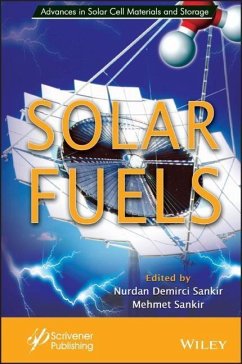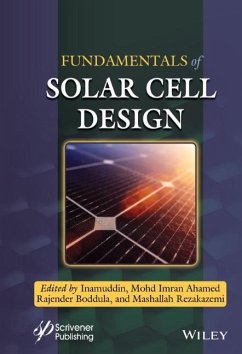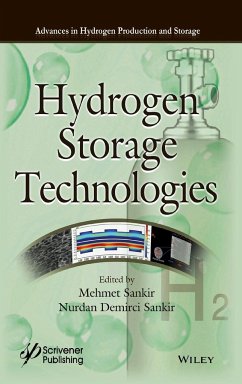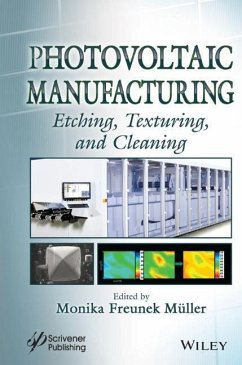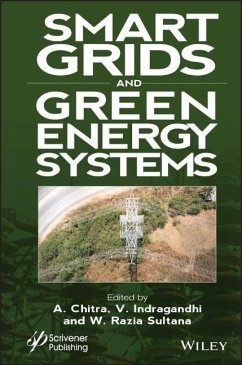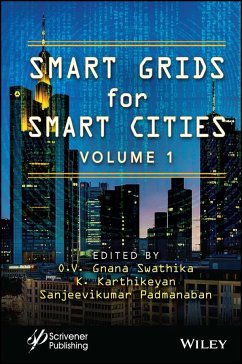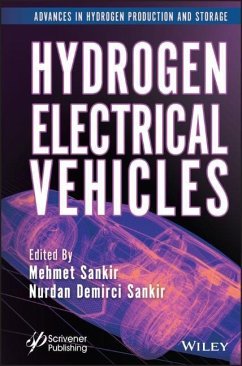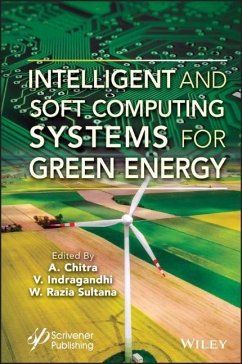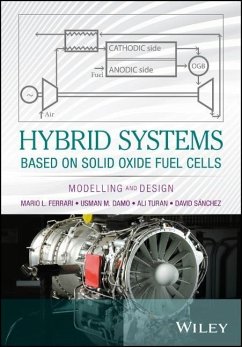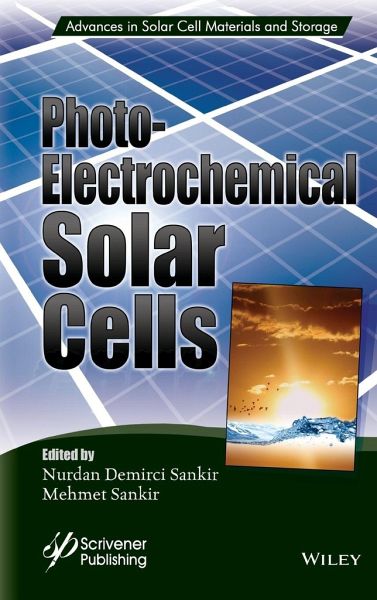
Photoelectrochemical Solar Cells
Versandkostenfrei!
Versandfertig in über 4 Wochen
209,99 €
inkl. MwSt.
Weitere Ausgaben:

PAYBACK Punkte
105 °P sammeln!
This book provides an overall view of the photoelectrochemical systems for solar hydrogen generation, and new and novel materials for photoelectrochemical solar cell applications. The book is organized in three parts. General concepts and photoelectrochemical systems are covered in Part I. Part II is devoted to photoactive materials for solar hydrogen generation. Main focus of the last part is the photoelectrochemical related systems. This part provides a diverse information about the implementation of multi-junctional solar cells in solar fuel generation systems, dye-sensitized solar hydrogen...
This book provides an overall view of the photoelectrochemical systems for solar hydrogen generation, and new and novel materials for photoelectrochemical solar cell applications. The book is organized in three parts. General concepts and photoelectrochemical systems are covered in Part I. Part II is devoted to photoactive materials for solar hydrogen generation. Main focus of the last part is the photoelectrochemical related systems. This part provides a diverse information about the implementation of multi-junctional solar cells in solar fuel generation systems, dye-sensitized solar hydrogen production and photocatalytic formation of photoactive semiconductors.




